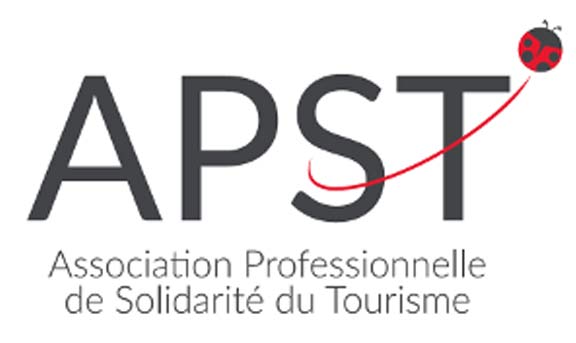Discover France
With Evazio, plunge into a world of cultural, gastronomic and natural discoveries.
Every region of France has hidden treasures ready to be explored. Let yourself be transported by the history, nature and flavors of each destination.
Explore our destinations
We invite you to explore the beauty and diversity of the French countryside through our unique cycling and hiking tours.
Enjoy organized tours with the freedom to discover at your own pace. All our itineraries are flexible and adaptable to your preferences.
Each destination offers an enriching experience combining culture, gastronomy and nature. Get ready for an unforgettable adventure in France’s most captivating regions.
What sets us apart is our personalized approach and attention to detail. Each itinerary is carefully designed to capture the essence of each region, offering the perfect combination of culture, adventure and relaxation.

Bordeaux-Gironde
Gironde is a destination of choice for enriching trips, combining nature and culture.
Alsace
Alsace offers a wide variety of landscapes, reliefs and natural or domesticated spaces, perfect for discovery and adventure.
Burgundy
Burgundy reveals itself through escapades that highlight its heritage and its landscapes.

Brittany
Brittany seduces with its varied landscapes, ideal for adventures on foot or by bike.
Canal des deux mers
An exceptional route linking the Mediterranean to the Atlantic, offering a unique discovery experience.
Canal du midi
Discover picturesque hiking routes along the Canal du Midi, suitable for all profiles.
Canal de Garonne
The Canal de Garonne is a natural discovery route, rich in history and landscapes.

Charente maritime
Nestled between land and sea, this region offers an array of unforgettable experiences.
Champagne
Champagne welcomes travelers for an experience rich in cultural and gastronomic discoveries.
Charente
A region that combines charm and gentleness, perfect for a relaxing discovery.

Atlantic Coast
A journey rich in diversity along the Atlantic Coast, with its varied landscapes and cultural heritage.
Velodyssée
An incredible route along the coast, mixing natural beauty and cultural discoveries.
Dordogne - Perigord
Explorez une région au patrimoine et au terroir fabuleux, idéale pour des aventures culturelles et gastronomiques.

Ile de france
Discover the Île de France in a new light, with its hidden treasures and varied routes.
Loire
The Loire Valley, listed as a UNESCO world heritage site, offers a unique experience of cultural and natural discovery.
Landes
Between the Atlantic Ocean, pine forests and peaceful lakes, this destination offers an ideal setting.
Lot, Lot et Garonne
Ideal destinations for discovering authenticity and nature, perfect for immersive experiences.

Provence
Provence invites hikes in sublime landscapes, combining history, culture and natural beauty.
Normandie
Normandy, from its green countryside to Mont Saint Michel, offers an unrivaled wealth of discoveries.
Pays-basque
A region offering a wide diversity of routes, ideal for discovering culture and hilly landscapes.

Rhône-Alpes
A wonderful region for discovery, with its rich natural and cultural heritage, ideal for outdoor adventures.
Occitanie
The ideal destination for lovers of nature and historical heritage, with a diversity of landscapes to explore.
They traveled with us
EXCELLENT
We offer personalized support, including accommodation, catering, activities, transport and guidance, for a stress-free, rewarding adventure.
With two decades of experience, Evazio represents excellence in customized travel design.

As a member of the Association Professionnelle de Solidarité du Tourisme, Evazio is committed to maintaining a high level of service, while offering total financial protection to our customers.
Our commitment is reflected in our constant efforts to minimize the carbon footprint of our travels, thus contributing to the preservation of our planet.
Your Next Journey Starts Here
Our team is at your disposal to help you choose the destination that perfectly matches your preferences and skills, whether it’s a self-guided tour, a guided tour or one of the other exciting formulas we offer.
